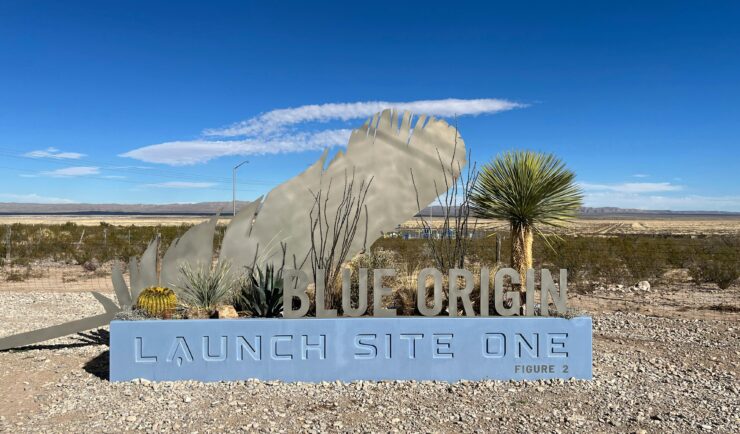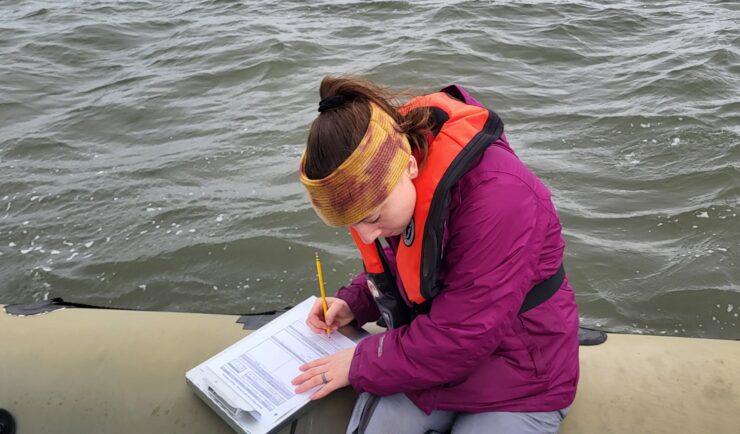- CSS News, Success Stories
- Safety, Health, & Environmental Compliance
Employees Receive Green Sustainability Award of Excellence
Congratulations to our team supporting the Center for Disease Control (CDC) for receiving the Green Sustainability Award of Excellence. Our team led the charge helping CDC to upgrade their spill cabinets across all campuses (Atlanta, GA; Fort Collins, CO; San Juan, PR), which now include a more sustainable material called Trivorex ®. This highly absorbent substance helps neutralize chemicals, reducing human risk. Not only is Trivorex ® better for the environment, it is also more durable with a longer life span. Our team took the lead in preparing 155 cabinets, then distributing 135 throughout the CDC campuses. By purchasing the material in bulk, the team is saving the client 58% in purchasing and shipping costs. This was a massive undertaking that our team of experienced safety specialists was able to execute in a timely manner. In addition, with the estimated savings on waste removal, the cabinets will pay for themselves within two years. As an added bonus, our team helped upgrade the spill cabinet’s gloves to give laboratorians better dexterity and comparable protection at a reduced cost. The orange Nitrile gloves pictured below are twice the thickness of a normal Nitrile surgical glove, and provide good protection for poisons, acids and bases. The clear gloves were designed for NASA to use for solvents which are used heavily by CDC’s laboratorians. Combined, these new gloves save the client even more in material cost.

New spill cabinet.

Trivorex ® (lower left) a chemical neutralizer now included in each spill cabinet.

The new gloves are highly protective for a lower cost.
See More CSS Insights

Engaging in New and Emergent Satellite Technologies
CSS employee owners (formerly Riverside employees) support the National Oceanic and Atmospheric Administration’s (NOAA) National Environmental Satellite, Data, and Information Service’s (NESDIS) Center for Satellite Applications and Research (STAR). STAR is the science arm of NESDIS, which acquires and manages the nation’s environmental satellites for NOAA. Satellite observations are critical to informing situational awareness and…

Ensuring Smooth Operations at Blue Origin Facilities
At CSS, we’re proudly to plays a vital role in supporting Blue Origin’s groundbreaking endeavors in Texas and Washington. Our dedicated team is at the forefront of facilities and hospitality services, ensuring that every operation runs seamlessly. CSS employee owners are integral to the success of Blue Origin’s Texas launch and testing activities. With highly…

Organizing Teams to Monitor Coastal Contaminants
For nearly 40 years NOAA’s National Mussel Watch Program has been monitoring contaminants in coastal waters in over 400 sites around the U.S. by testing sediment and bivalves, such as oysters and mussels. A CSS employee owner organizes and coordinates the regional missions to collect and test samples. This includes developing a schedule and coordinating…
